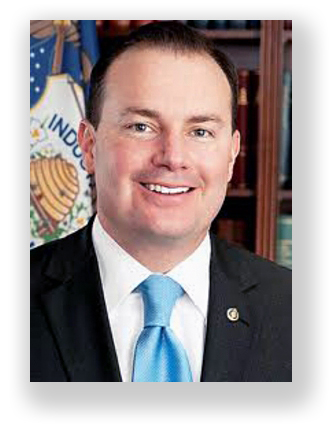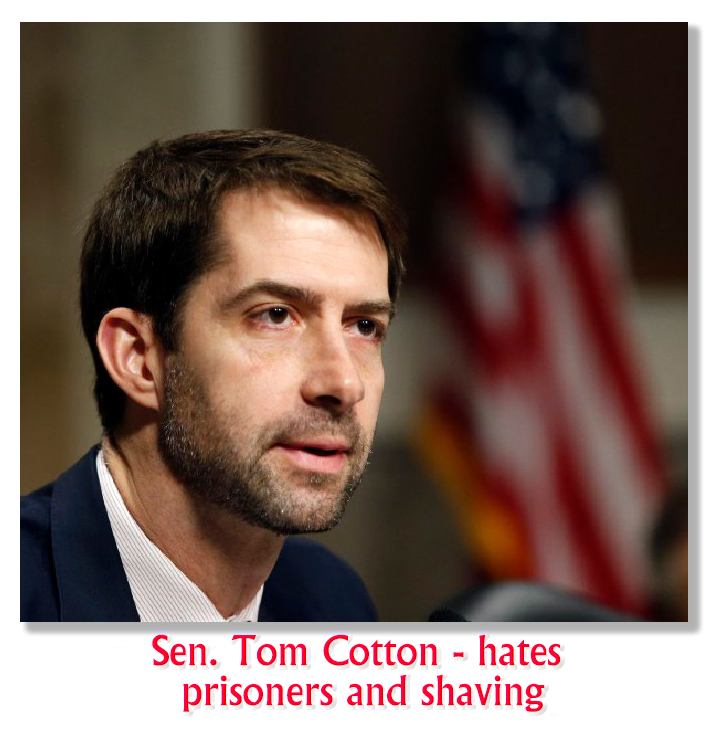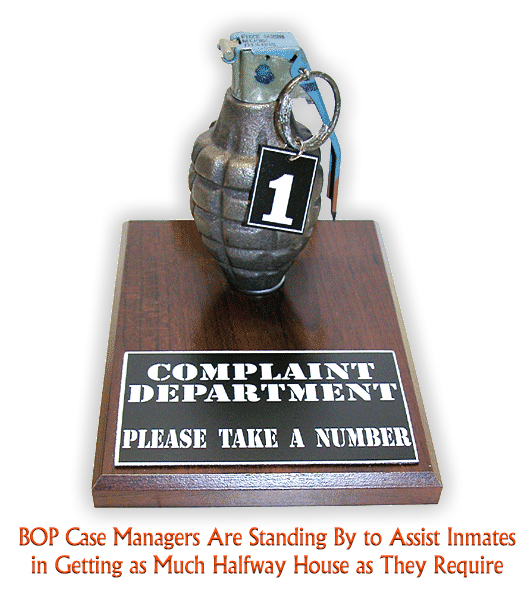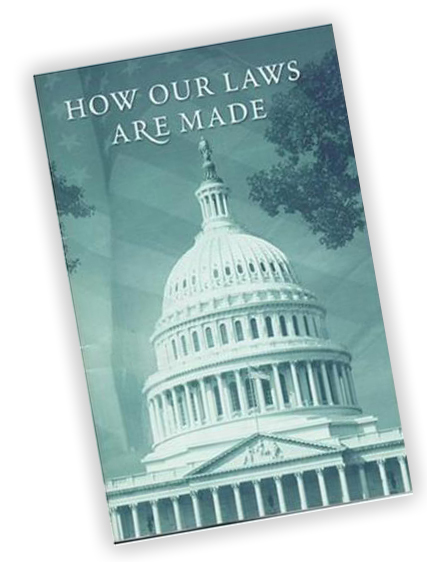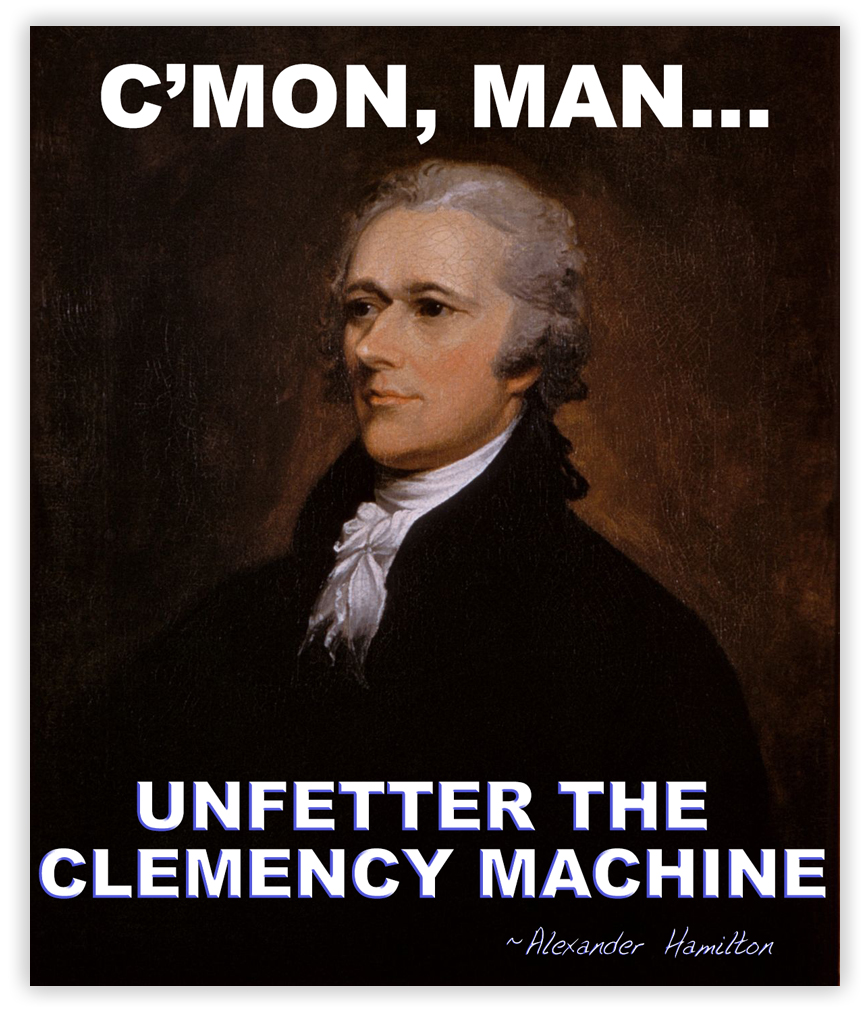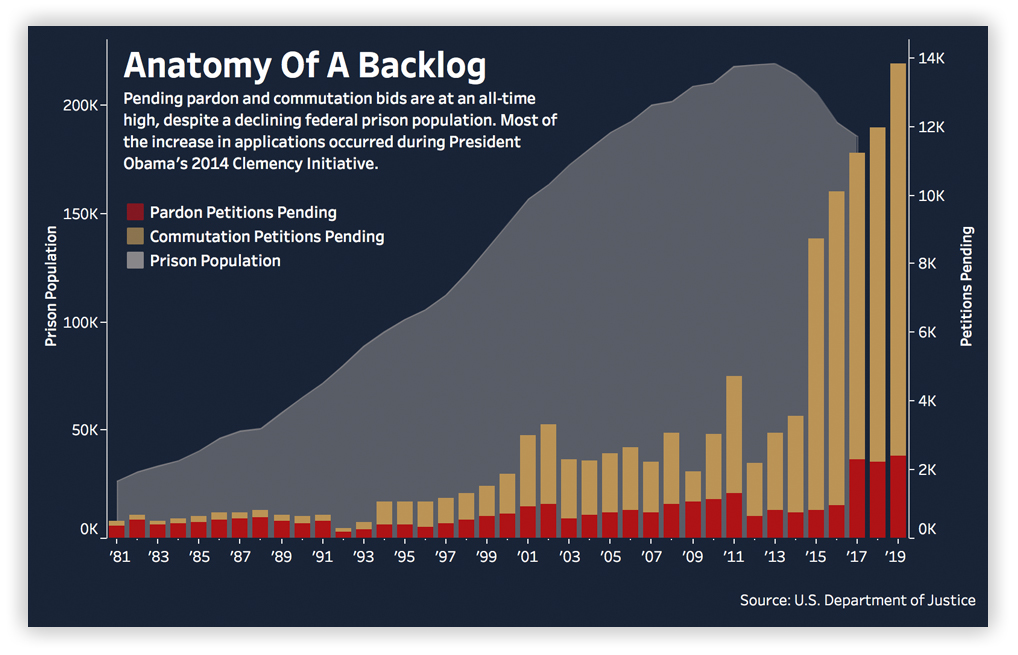We post news and comment on federal criminal justice issues, focused primarily on trial and post-conviction matters, legislative initiatives, and sentencing issues.

The ever-surprising Fourth Circuit last week handed down two blockbuster opinions on application of the retroactive Fair Sentencing Act of 2010. For those of you new to this blog, the Fair Sentencing Act changed the 100-to-1 ratio of crack to powder cocaine, dropping it to a more (but not completely rational) 18-to-1 ratio. That dramatically affected the sentences of people in federal prison for crack (94% of whom are black), but the change only applied to people who had not yet been sentenced. Those already in prison would continue to languish under the oppressive (and now discredited) sentences.
The First Step Act, passed eight years later, finally extended retroactivity to the Fair Sentencing Act. Finally, people sentenced before August 2010 – the effective date of the Fair Sentencing Act – could get a break. But the devil has been in the details. Last week, the 4th Circuit delivered a reason some federal prisoners might be extra thankful this Thanksgiving season.
THE 4TH CIRCUIT GOES UNITARIAN
One of the perks of writing this newsletter (besides long hours over the weekend and no pay) is that I get to be wrong so often.
After the First Step Act made the Fair Sentencing Act (FSA) retroactive, a lot of people serving supervised release (SR) violations after finishing crack sentences wondered whether they could get their crack sentences reduced even though they had already been served. It seemed to me that the law said “Hell, no”.
Last week, the 4th Circuit said, “Hell, yes.”
Bobby Venable, who was serving an SR violation sentence, filed an FSA sentence reduction motion applicable to his prior crack sentence. Bobby claimed he would no longer face a statutory minimum 10-year term of imprisonment, and he wanted to be resentenced to 63 months. Bobby claimed this sentence would allow the Bureau of Prisons to credit him for overserved time, to be applied to his current term of imprisonment for revocation of supervised release.
The district court summarily denied his motion, holding that because Bobby “has finished his term of incarceration and is currently in custody following revocation of his supervised release[,] no reduction is authorized.”
 No court of appeals has yet considered whether a defendant on SR can get an FSA reduction for a sentence already served, but the 4th Circuit decided that “the plain language of the relevant statutes and the unitary theory of sentencing” permitted Bobby a reduction. The Circuit said that because Bobby’s original offense was for crack cocaine, “so long as he is serving any part of his sentence for that offense, he is eligible for a reduction. His offense (possession of 12.1 grams of cocaine base) was originally classified as a Class B felony, but under the Fair Sentencing Act’s provisions, it is now classified as a Class C felony. This reclassification corresponds with a lower range of statutory penalties.”
No court of appeals has yet considered whether a defendant on SR can get an FSA reduction for a sentence already served, but the 4th Circuit decided that “the plain language of the relevant statutes and the unitary theory of sentencing” permitted Bobby a reduction. The Circuit said that because Bobby’s original offense was for crack cocaine, “so long as he is serving any part of his sentence for that offense, he is eligible for a reduction. His offense (possession of 12.1 grams of cocaine base) was originally classified as a Class B felony, but under the Fair Sentencing Act’s provisions, it is now classified as a Class C felony. This reclassification corresponds with a lower range of statutory penalties.”
Relying on yet another Johnson case, this one Johnson v United States, a 2000 Supreme Court decision, the 4th “adopted a unitary sentence framework… stating that treating custodial and supervised release terms as components of one unified sentence appropriately recognizes the interdependent relationship between incarceration and supervised release.” The Circuit said Bobby’s “revocation sentence is a component of his underlying original sentence for the drug conviction.” Thus, Bobby “is still serving his sentence for a “covered offense” for purposes of the First Step Act. Thus, the district court had the authority to consider his motion for a sentence reduction, just as if he were still serving the original custodial sentence.”
United States v. Venable, 2019 U.S. App. LEXIS (4th Cir. Nov. 20, 2019)

STATUTORY CHARGE, NOT THE PSR FINDING, COUNT FOR FSA
FSA resentencings have bogged down recently over the issue of what amount of crack should count for resentencing purposes.
The issue is a simple one: a defendant was charged with distribution of “50 or more grams of cocaine base,” which carries a 10-year sentence. But at sentencing, the presentence report prepared by the U.S. Probation Office goes wild (usually based on the prosecutor’s say-so), and finds the defendant was involved with 1.2 kilos of crack.
When the defendant, twenty years later, goes for resentencing, the district court denies the motion because the 1.2 kilos would still carry a 10-year mandatory minimum under the post-FSA law.
We’ve been waiting for the issue of which one counts – the indictment accusation or the sentencing finding – and last week, we got our first circuit ruling… and it’s a good one.
Ten years ago, Dan Wirsing was charged with possession with intent to distribute more than 5 grams of crack. He struck a plea deal with the government in which he admitted that the crack amount was 60 grams, and he got 188 months.
When Dan filed for a reduced sentence under the newly-retroactive FSA, his district court denied him for being ineligible, because the amount he admitted to – 60 grams – had the same statutory sentence now that 5 grams had before the FSA. Because there was no change in the punishment, the district court said, Dan had nothing coming under the FSA.
Last week, the 4th Circuit reversed. The First Step Act provides that a sentencing court “may… impose a reduced sentence as if sections 2 and 3 of the FSA were in effect at the time the covered offense was committed.” A “covered offense” is “a violation of a Federal criminal statute, the statutory penalties for which were modified by section 2 or 3 of the FSA that was committed before August 3, 2010.”
 It does not matter, the 4th says, what Dan pled to or what the presentence report found or what the district court held at sentencing was the amount of crack involved in the offense. All that matter is that “the covered offense” was changed by the FSA, the 4th Circuit said, and the “covered offense” is what the indictment alleged, nothing more.
It does not matter, the 4th says, what Dan pled to or what the presentence report found or what the district court held at sentencing was the amount of crack involved in the offense. All that matter is that “the covered offense” was changed by the FSA, the 4th Circuit said, and the “covered offense” is what the indictment alleged, nothing more.
Other circuits will weigh in on this, no doubt, but the 4th’s unanimous and well-reasoned 22-page decision is bound to get a lot of deference when other courts decide the issue.
United States v. Wirsing, 2019 U.S. App. LEXIS (4th Cir. Nov. 20, 2019)
– Thomas L. Root





